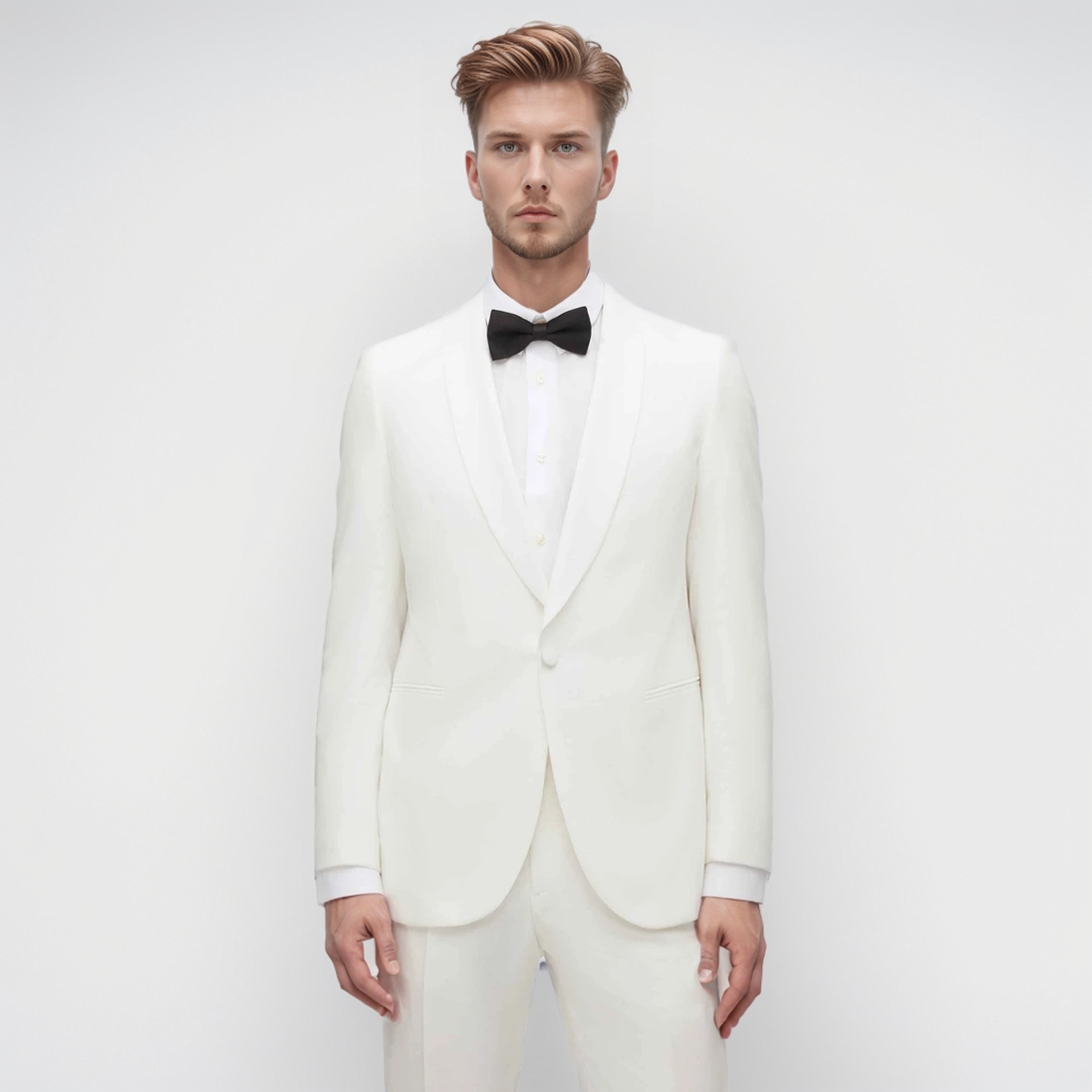
How to Choose the Right Tailored Suit for Your Body Type
A tailored suit is more than just a wardrobe staple; it's a reflection of your personal style and a crucial element in achieving a polished, professional look. Unlike off-the-rack suits, tailored suits are crafted to your exact measurements, ensuring a perfect fit and personalized style. To make the most out of your tailored suit, it’s essential to choose one that complements your body type. Here’s a comprehensive guide to help you select the right tailored suit for your physique.
Understanding Tailored Suits
What Is a Tailored Suit?
A tailored suit is a custom-made garment designed to fit the wearer’s unique body shape and size. The process involves choosing fabrics, patterns, and details according to personal preferences, followed by multiple fittings to achieve the ideal fit. This attention to detail not only enhances appearance but also offers superior comfort and durability.
Benefits of Tailored Suits
- Perfect Fit: Custom-made to fit your body precisely.
- Personalized Style: Choose fabrics, patterns, and details that match your taste.
- Higher Craftsmanship: Superior quality and craftsmanship compared to off-the-rack options.
Identifying Your Body Type
Why Knowing Your Body Type Matters
Understanding your body type helps in selecting a suit that enhances your strengths and addresses any areas of concern. Tailored suits can be designed to complement various body shapes, ensuring a flattering and comfortable fit.
Common Body Types
- Athletic: Broad shoulders and a muscular build.
- Slim: Narrow shoulders and a lean physique.
- Tall: Above-average height with a long frame.
- Short: Below-average height with a shorter frame.
- Round: Full midsection with a rounder silhouette.
Choosing the Right Tailored Suit for Different Body Types
1. Athletic Build
Characteristics
- Broad shoulders and a muscular frame.
- Often has a V-shaped torso.
Suit Recommendations
- Jacket: Opt for a jacket with structured shoulders and a fitted waist to highlight your physique. A double-breasted jacket can add a sophisticated touch.
- Trousers: Choose trousers with a tailored fit to balance your upper body. Avoid overly tight or loose fits.
- Fabric: Heavier fabrics like wool or tweed work well to maintain structure and enhance your overall look.
2. Slim Build
Characteristics
- Narrow shoulders and a lean frame.
- May appear taller and thinner.
Suit Recommendations
- Jacket: Go for a slim-fit jacket that contours to your body without excess fabric. A single-breasted jacket with narrow lapels can add a sharp look.
- Trousers: Slim-fit trousers that follow your body’s natural lines will complement your frame. Avoid overly baggy styles.
- Fabric: Lighter fabrics like cotton or lightweight wool are ideal for adding some volume without bulk.
3. Tall Build
Characteristics
- Above-average height with a long frame.
- May have long limbs and a tall torso.
Suit Recommendations
- Jacket: Choose a jacket with longer sleeves and a longer torso to accommodate your height. Double vents can add a balanced look.
- Trousers: Opt for trousers with a longer inseam and avoid cuffed styles to avoid a disproportionate appearance.
- Fabric: Medium to heavyweight fabrics work well to balance your height and provide a structured look.
4. Short Build
Characteristics
- Below-average height with a shorter frame.
- May have a more compact appearance.
Suit Recommendations
- Jacket: Opt for a jacket with a shorter length to avoid overwhelming your frame. Single-breasted jackets with narrow lapels can create a streamlined effect.
- Trousers: Choose trousers with a shorter inseam and avoid excess fabric. Flat-front trousers can help elongate the legs.
- Fabric: Lighter fabrics and colors can create an illusion of height. Avoid overly heavy or bulky materials.
5. Round Build
Characteristics
- Fuller midsection with a rounder silhouette.
- May have broader shoulders with a pronounced stomach area.
Suit Recommendations
- Jacket: Choose a jacket with a structured fit that creates a smooth line from shoulder to waist. A single-breasted jacket with a V-neck can help elongate the torso.
- Trousers: Opt for trousers with a comfortable fit that doesn’t add bulk to the midsection. Flat-front styles are preferable.
- Fabric: Medium to heavyweight fabrics like wool can help provide structure and a flattering silhouette.
Essential Tailoring Tips for a Perfect Fit
1. Get Accurate Measurements
Accurate measurements are crucial for achieving the best fit. Have a professional tailor take your measurements to ensure precision. Key measurements include chest, waist, hips, and inseam.
2. Communicate with Your Tailor
Discuss your preferences and body type with your tailor. Provide details on what aspects of your body you want to highlight or minimize. Good communication ensures that the suit will meet your expectations.
3. Attend Multiple Fittings
Tailoring is an iterative process. Attend all scheduled fittings to make necessary adjustments and ensure the suit fits perfectly. Regular fittings allow the tailor to refine the fit and address any issues.
4. Consider the Suit’s Construction
Understand the different construction options available, such as fully canvassed, half-canvassed, or fused suits. A fully canvassed suit offers superior fit and durability, while a fused suit is more affordable but may not provide the same level of quality.
5. Maintain Your Suit
Proper care and maintenance extend the life of your tailored suit. Regular dry cleaning, proper storage, and occasional steaming help maintain its appearance and fit.
 English
English  Deutsch
Deutsch  Italiano
Italiano  Français
Français  Português
Português  日本語
日本語 




